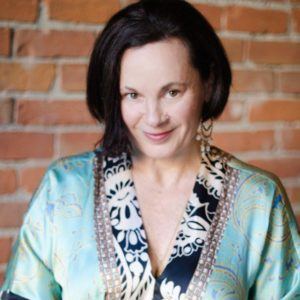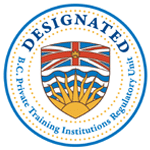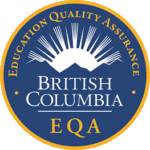
Spurred on by her love of Ayurvedic philosophy and self care, Glynnis Osher discovered the joys of Indian Head Massage over 10 years ago while watching a CBC documentary.
After completing training in Vancouver with Bliss Prema and an advanced training in New Mexico with Narendra Mehta of the London School of Champissage and marma training with Dr. Lad of The Ayurvedic Institute, Glynnis started practising immediately.
“Truthfully, after that [training], I was just practicing on any head I could find… and there were lots of them! I fell in love with how the modality was presented. It incorporates everything I love about massage and Ayurveda; the different energetic ‘marma’ points, Ayurvedic herbal oils, the rhythmic flow.” Glynnis said.
Indian Head Massage or shirobhyanga, is a specialised type of massage that has its roots in the healing practice of Ayurveda.
“It’s an amazing spa modality that people are very intrigued by, mostly because everybody has what I call ‘computer shoulders’,” Glynnis said. “We hold a lot of tension in our neck and back which Indian Head Massage helps to release.”
Indian Head Massage is a 50 to 60 minute practice performed with the client seated. It uses various massage techniques on the head, face, upper arms, neck, and shoulders and focuses on releasing tension in the body, as well as mental and emotional stress.
“In class, we work in pairs the whole time so you only have to look at the faces of the students receiving an Indian Head Massage to see the benefits. It’s a bliss-fest! Everybody gets immediately tranquilized,” said Glynnis.
By working on the ‘marma’ or pressure points, the massage has a deeply relaxing and rejuvenating effect. It’s unique and accessible format means it’s a very attractive modality for experienced practitioners to add to their suite of services, but also to new bodyworkers who are building a private practice.
“People love that it’s a seated massage, you don’t have to take your clothes off to receive it and it addresses the higher chakras, unblocking the energy channels to allow the body’s natural healing intelligence to kick in,” said Glynnis.
The massage style is often likened to a choreographed dance with music and uses nourishing oils on the body to enhance the healing experience.
“This whole fluid dance is like the ocean. It goes up and down, allowing the brain to turn off and stop over-thinking,” Glynnis said. “I always tell my students, first you have to entertain the brain so it can be distracted while you’re working underneath that layer to heal the mind and the body.”
Glynnis will be teaching a 2-day, 15-hour course on Indian Head Massage at the Vancouver School of Healing Arts on October 1 and 2. No prior experience is required to attend.
For more information, please visit here.





